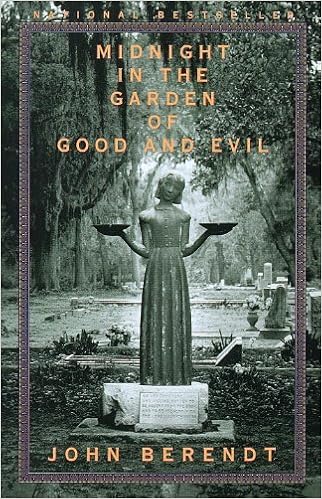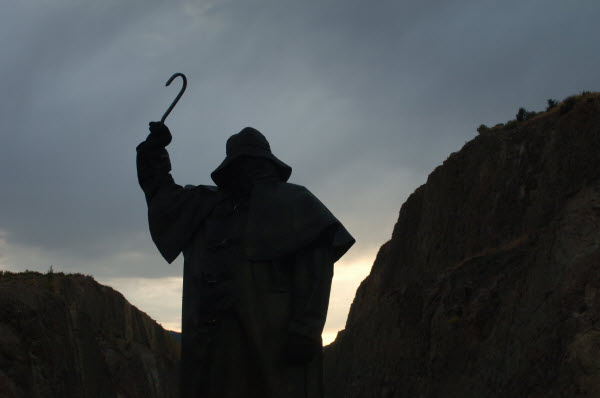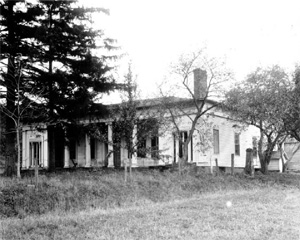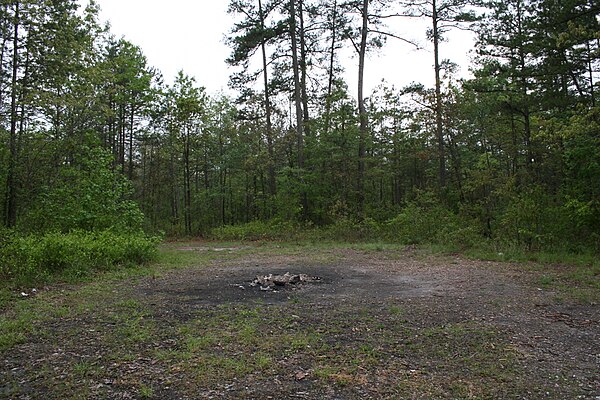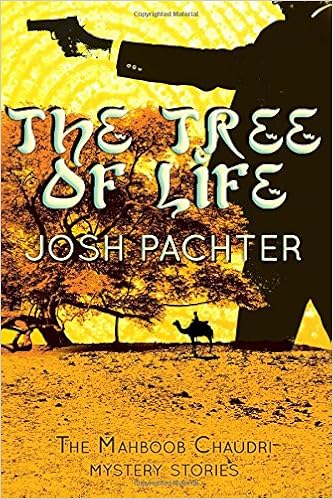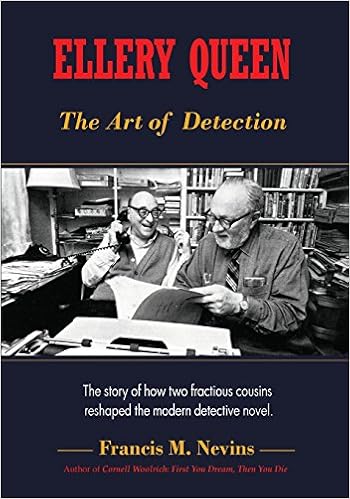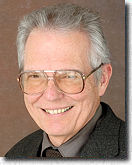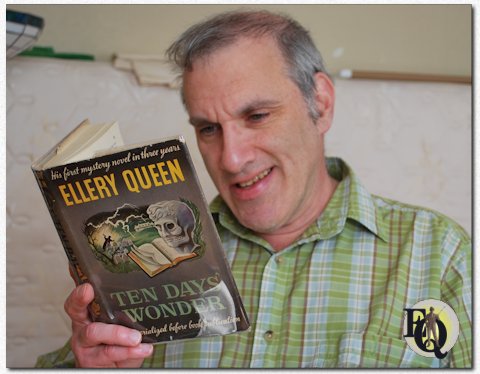"But that's another story."
Rudyard Kipling
Soldiers Three, The Story of the Gadsbys,
In Black and White (1888)
"[T]his very minute, a political philosophy foreign to it is being pressed on the South, and the South's not ready for it . . . ."
Harper Lee
Go Set a Watchman (2015)
"No union is more profound than marriage, for it embodies the highest ideals of love, fidelity, devotion, sacrifice, and family. In forming a marital union, two people become something greater than once they were. As some of the petitioners in these cases demonstrate, marriage embodies a love that may endure even past death. It would misunderstand these men and women to say they disrespect the idea of marriage. Their plea is that they do respect it, respect it so deeply that they seek to find its fulfillment for themselves. Their hope is not to be condemned to live in loneliness, excluded from one of civilization’s oldest institutions. They ask for equal dignity in the eyes of the law. The Constitution grants them that right. The judgment of the Court of Appeals for the Sixth Circuit is reversed."
Opinion of the Court in
Obergefell v. Hodges (2015)
per Justice Kennedy
Last January as I drove south to Gulf Shores, Alabama, intent on leap-frogging February in Washington, D.C., I passed within scant miles of Monroeville, Alabama. And as I did so my mind wandered to Harper Lee, living there still in the town that was the model for Maycomb, Alabama, the setting in which her classic
To Kill a Mockingbird is framed. And as we always do at that point in our drive, my wife and I reflected (as have many others) on the fact that for more than fifty years this Pulitzer Prize winning classic stood as the sole literary contribution of Harper Lee.
How strange it was, then, several days later, to hear that there would be another; that a second volume,
Go Set a Watchman, existed and would be published in July.
News of Harper Lee’s second book set off a firestorm that would have been hard for anyone to ignore. Article after article questioned whether Lee, 88 years old, suffering the after effects of a stroke and confined to an assisted living facility, could have credibly made the decision to publish Go Set a Watchman after steadfastly asserting for over 50 years that there would never be another book. Predictably, since publication this summer, Go Set a Watchman has held the pole position on all of the bestseller lists. But, if anything, the debate surrounding the book has only increased.
Amidst all of this controversy it is interesting, however, to take a step back; to set aside the speculations concerning the book’s origin, Harper Lee’s present circumstances, and her earlier views as to whether it should be published, and instead examine the book itself and its place as a companion piece to
To Kill a Mockingbird.
Many of those who dismiss Go Set a Watchman argue that the book is nothing more than a first and very rough draft of To Kill a Mockingbird. I suspect that at least some of those critics have not in fact read Watchman. Whatever its other shortcomings may be, it is hardly a rough draft. The book revolves around the characters we know from Mockingbird -- met, again, 20 years later -- but is a completely different story. In fact, one of the strangest aspects of Watchman is that it is not a first draft of Mockingbird -- the book presents as a sequel although it was in fact written before To Kill a Mockingbird. The characters in each either appear or are referenced in the other, and with one exception that I could find, the events in each book are entirely consistent with the events in the other. (I will leave it to readers to find that sole inconsistency, which could have been remedied by editing one paragraph in Watchman. A separate mystery is why that edit was not made.)
 |
| The Monroeville, Alabama court house |
Stand back, then, and think how unlikely this is. From all reports
Watchman was a rejected manuscript. Lee was, in effect, told that parts of the book were good, that the setting had promise, but that she needed to go back to the drawing board. All writers -- certainly all of us here at SleuthSayers, I suspect -- have received such advice. A “netherland” sort of letter, half way between acceptance and rejection. Invariably what the writer does in response to such a letter is to rip apart the story or novel, re-think the premise, keep what is usable and substitute new approaches for what is not. And equally invariably the final story or novel, if and when ultimately published, bears a resemblance to the first work that is no more, nor less, than that between a true first and second draft of the same story.
 |
| Gregory Peck as Atticus Finch |
But that is not what Harper Lee did with
Go Set a Watchman. Instead she set the first book aside, in its entirety, and fashioned a new narrative focusing on the same characters twenty years earlier. So positioned,
Watchman becomes not the introduction of Scout and Atticus, but rather a reunion; a look at what happened to each. And this fact forms the backbone for much of the published criticism of
Go Set a Watchman: in the view of some the paragon that was Atticus Finch in
Mockingbird is irreconcilable with the Atticus of
Watchman, who in some respects displays feet of clay.
So: is this a legitimate complaint? Is the character of Atticus in Mockingbird so different from his portrayal in Watchman as to be unrecognizable as well as disappointing? I don't believe that this question can be answered solely by comparing the texts of each volume. Rather, it requires a recognition of the historical context of 1936 Alabama, where Mockingbird is set, and the Alabama of 1956, where we find 72 year old Atticus struggling with the then-recent decision of the Supreme Court in Brown v. Board of Education, which once and for all overturned the previous standard of “separate but equal” in favor of constitutionally mandated desegregation.
One of the easiest ways to gauge a fictional character’s believability is to ask ourselves, as readers, whether we know someone who, in like circumstances, would behave the same way. And specifically (in the context of Atticus) is the 1936 paragon of racial sensitivity portrayed in To Kill a Mockingbird a believable early version of the 1956 Atticus, who displays some trepidations concerning the effects of the then accelerating march of desegregation brought on by the Supreme Court’s decision? My answer to this is a somewhat sad “yes.”
Most of the time social change and awakening moves at glacial speed, requiring slowly evolving adjustments in standards. Other times, for whatever reason, the speed of change can accelerate like a bonfire, however, plowing through existing societal mores and leaving new ones in the furrows. And at times the catalyst for such accelerating change can be a Supreme Court decision, such as
Brown v. Board of Education, that overnight alters the rules for all. For some, including Atticus, those times may present their own difficulties.
The challenge that faced Atticus is one that history often serves up. The most recent example of such an accelerating societal change is the wave of growing public acceptance for gay marriage in our country.
According to the Gallup organization, in 1996 27 percent believed there should be a constitutional recognition of the rights of gay couples to marry. By last spring the number favoring such unions was 60 percent -- an astoundingly fast social turnabout. And, like the cry for civil rights reform in the 1950s, this issue gained a catalyst this summer when the Supreme Court in
Obergefell v. Hodges found a constitutional right for all to marry.
To many (and count me in) the Supreme Court’s decision recognizing a constitutional foundation for the right of gays to marry was overdue and welcome. And, like its decision fifty years earlier in
Brown v. Board of Education, the Court's gay rights decision required immediate changes in a context where matters were previously evolving at a more languid pace. Most of us rode that accelerating wave of social change with pleasure. Certainly I did -- I’ll be helping to officiate at my son Colin’s wedding to his fiance Kyle next week. But for others the rapid evolution in public opinion, and the catalyst of the Supreme Court's recognition of a constitutional right, proved to be a challenge.
Other historical examples of the reticence of some to accept social change abound. And, for me (as was also the case for Scout), some of these examples hit pretty close to home. My maternal grandmother, a gentle and intelligent woman, in the 1950s would not eat in a restaurant if food had been prepared by a black person. My mother -- a liberal bordering on socialist -- by contrast would have none of this, and her social views (just like those of Scout) evolved rapidly as she distanced herself from the views of her mother. But not so her younger sister, my aunt, who for the rest of her life embraced the bigoted views of her mother when it came to restaurants.
The fact that some come up short when confronted with social evolution is not limited to racial matters and the civil rights movement. It is (sadly) true as a general matter that other forms of bigotry can be equally difficult for some to shed, particularly in a hurry. History is replete with examples of religious intolerance, and again, these examples were not unfamiliar in my own family. My maternal grandfather, my mother’s father, spent much of 1960 asserting to anyone who would listen that if John F. Kennedy won the presidency the Pope would become the true president of the United States. I remember these harangues, and can attest that he did not mean this figuratively. He meant it literally. He viewed the entire campaign by John F. Kennedy as an orchestrated conspiracy by the Catholic church.
These folks, my grandparents, who otherwise displayed admirable traits, were caught with their own feet of clay when the world around them started to move at a speed to which they could no longer readily adjust. They had never contemplated that they would have to face a changed world. Not unlike the virtuous Atticus of 1936 -- the Atticus we know and love from Mockingbird -- who found himself hard pressed to adjust to the changes facing the south in 1956 after the Supreme Court, in Brown v. Board of Education decreed that separate really was not equal. Even the Atticus who captivated us with his 1936 defense of a black man unjustly accused in Mockingbird could not bring himself in 1956 to support voting rights and open schools in Watchman.
So before dismissing as inconsistent these disappointing aspects of the Atticus in Watchman, readers should perhaps be guided by the admonition of British novelist L. P. Hartley: "the past is a foreign country." It is difficult to imagine or remember 1956 from the vantage point of 2015. Things move at a different pace in different times. Is the 1956 Atticus disappointing? Clearly, yes. But is he inconsistent with the Atticus of Mockingbird? A harder question.
Sociologists Emile Durkheim and Robert K. Merton each analyzed the effect of rapid social change -- situations where cultural goals become out of sync with social structure. Those circumstances, they concluded, can result in a condition they labeled “anomie,” a state of normlessness. The term encompasses social instability that results when the established order of things begins to topple. Anomie is, almost certainly, a good description of what my grandfather experienced when confronted with the reality of a Catholic president. It is also what a shrinking minority experience when confronting the Supreme Court's recent gay rights decision. That must have been how it felt to some in Monroeville, Alabama in 1956, views carried forward in Harper Lee’s depiction of Maycomb. And this is certainly consistent with the reactions of some in Alabama to the gay rights decision.
The Washington Post reported the following in "
The Fix" on September 3 concerning how far Alabama may go to side-step the Court's decision:
Right now, Alabama is busy charting new territory in the effort to resist legal same-sex marriage. This month, a state legislative committee voted for a measure that, should it reach and pass the full state Senate, could eliminate [all] state-issued marriage licenses.
 |
George Wallace blocking the door at the
University of Alabama (AP Photo) |
Alabama's reactions to the civil rights movement, and now the gay rights decision, is also consistent with Merton's refinement to anomie, specifically, his notion of “strain theory” -- for purposes relevant here, the observable phenomenon that there are times when the requirements of society -- particularly new and unfamiliar requirements -- cannot easily be reconciled with existing social structure.
More specifically, the issue facing Atticus was what to do with a Supreme Court decision overturning what had been an established "separate but equal" guidepost embedded in the social structure of his south. Atticus's resistance to change in these circumstances, his choice of comfortable and long-standing local social structure over newly-imposed national cultural norms, is disappointing, but it is consistent with the reactions of others in like circumstances. As noted in
Perspective on Deviance and Social Control, with “[t]he country . . . undergoing enormous changes as the civil rights movement took hold” the societal effect was predictable. “With norms and expectations unclear for a large segment of society, anomie theory leads us to expect high rates of deviance.” And that is what our old friend Atticus did. Unable to reconcile an end to "separate but equal" with the structural requirements of his community he deviated -- he chose the latter. He rejected the change that society had to undergo, the enlightened path we all needed to follow, and instead chose resistance.
All of this, then, is is far from saying that Atticus's response, as depicted by Harper Lee, was correct or even admirable. In fact, his reaction to the Supreme Court's decision, as a moral as well as a legal matter, is deplorable. So, too, the reaction of that Kentucky clerk -- who this week argued that her religious beliefs insulated her from issuing marriage licenses to gay couples notwithstanding the Supreme Court's prior decision that there is a constitutional right for
all to marry. Her response, the response of those legislators in Alabama who cry
not me; not in my community, and the response of Atticus, are all infuriating and wrong. That is the point that Scout makes when she confronts her father in
Watchman. And that is the point that Harper Lee makes as she tells her story.
Viewing all of this from today’s vantage point, where the justice and inevitability of the Supreme Court's decision overruling "separate but equal" is apparent, we can be taken aback by Atticus’s reticence to ride the wave, to embrace the immediate need for change. I am still taken aback by my grandmother's inability to shed her racial intolerance, and by my grandfather's inability to overcome his religious intolerance of Catholics. And as I approach my younger son Colin’s impending wedding to Kyle, his soul mate of the last five years, I am similarly taken aback by those, such as the legislators in Alabama and that Kentucky clerk, who attempt to repudiate the Supreme Court's decision finding a constitutional right of all to marry.
A lot of this is about family. And that is what To Kill a Mockingbird and Go Set a Watchman are also about. Atticus was drawn from Harper Lee's own father, and doubtless she made the character real by importing the good as well as the flawed. At the simplest level Mockingbird focuses on the good, and Messenger tries to comprehend the flawed. I hope, and I would bet, that Harper Lee believes that the good in Atticus, evident in both books, is likely more than sufficient to ensure that (unlike my mother's sister and that Kentucky clerk) eventually he would have found himself standing with the rest of us. That is actually a fairly low bar to clear -- recall that before his death even George Wallace eventually decried his earlier impassioned support for segregation.
So, is the Atticus of Go Set a Watchman a believable fictional character? Does his conflict with his daughter concerning the changes wrought in the 1950s ring true? And is his portrayal in the context of 1956 Alabama understandable and consistent with the 1938 Atticus of To Kill a Mockingbird? It seems to me the answer to each of those questions is “yes.”
A disappointed “yes,” but still a “yes.”





